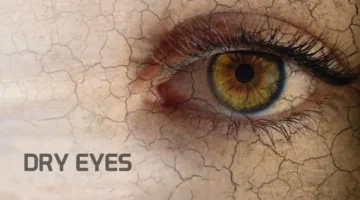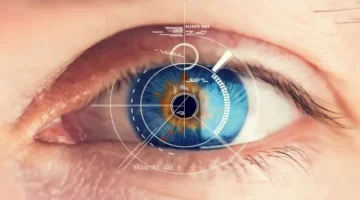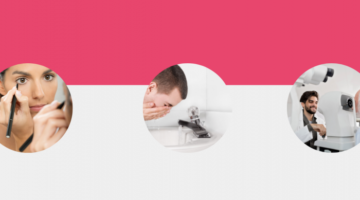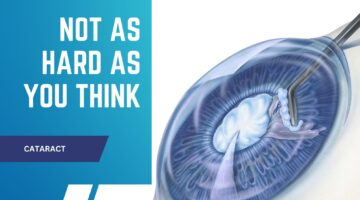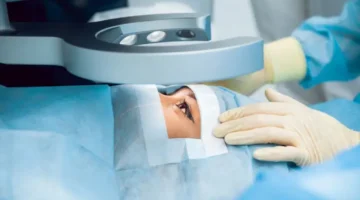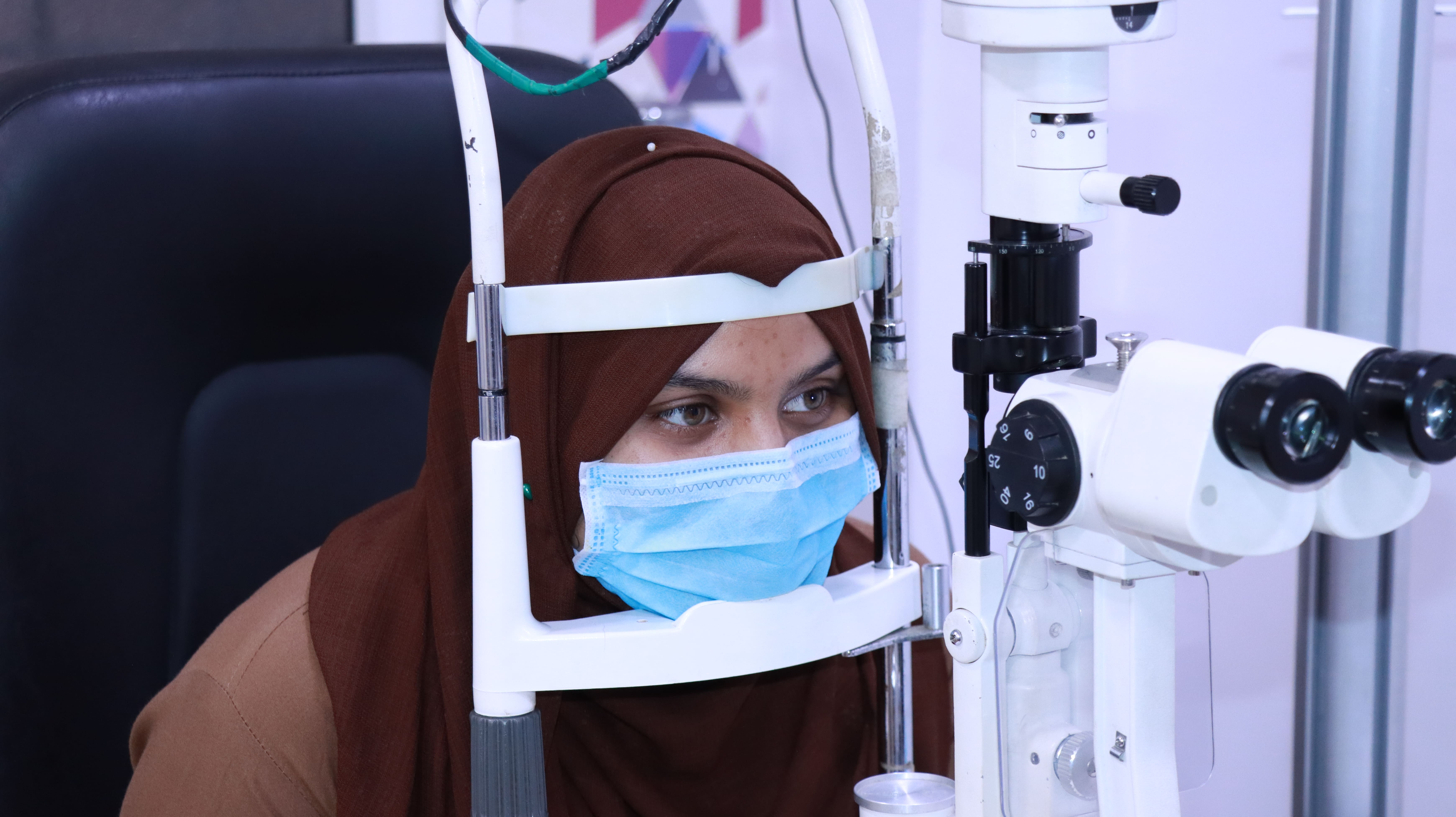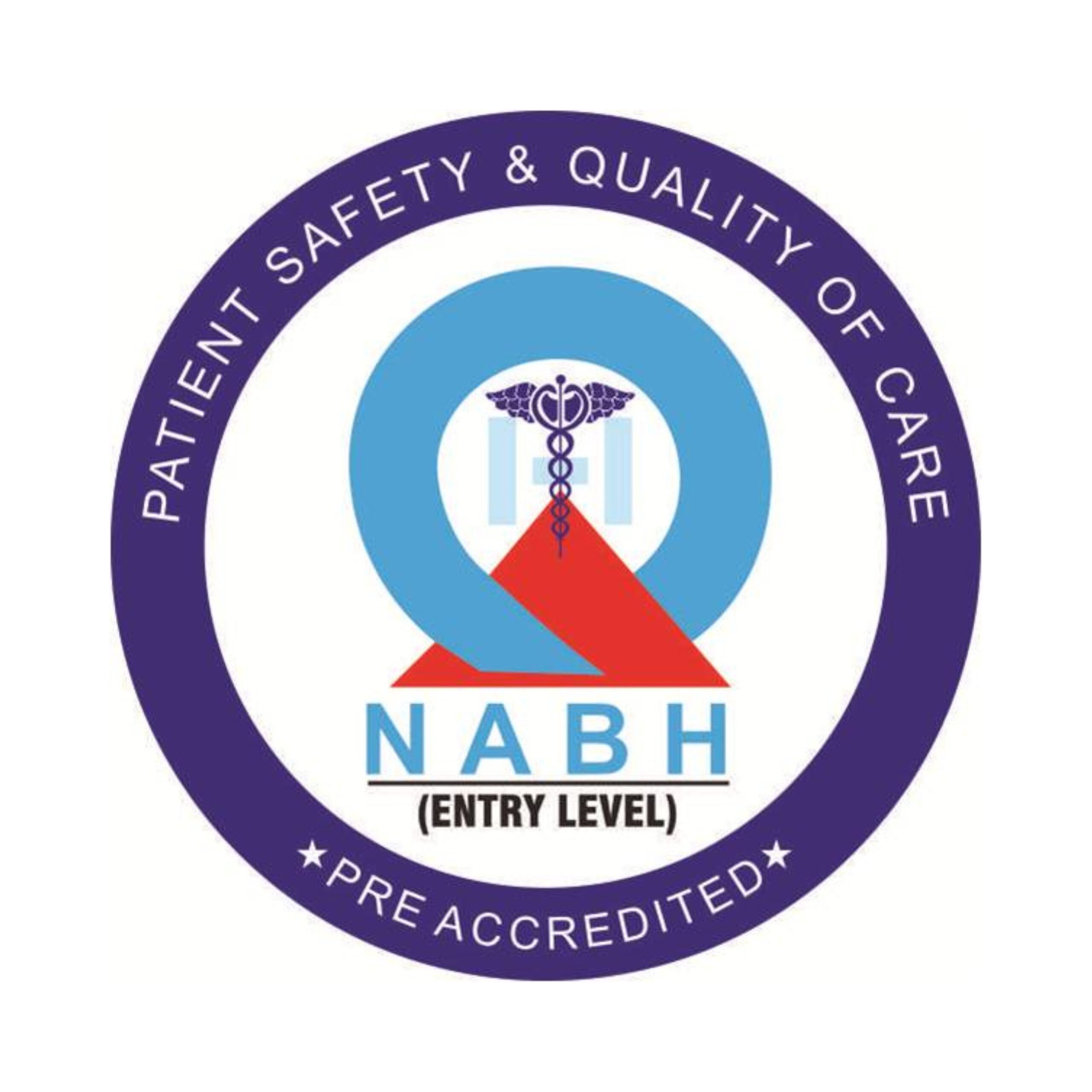In layman’s language, Dry Eye Disease (DED) is when there aren’t enough tears to make the eyes stay wet or when the tears do not help to lubricate the eyes. Tears are very important for the eyes to keep them moist and keep the dust, impurities, and germs at bay. Hence, having adequate tears or lubrication in the eyes is essential to keep the eyes working properly.
Dry eye Disease can be mainly classified into two types – Evaporative dry eye (EDE) and Aqueous deficiency dry eye (ADE).
Almost 70% of the cases of Dry Eyes are due to Meibomian gland dysfunction (MGD). These meibomian glands produce a type of oil called meibum. Meibum, water, and mucus from the tear film help keep the eyes lubricated. Meibum thus helps to stop the lubricating layer on the eye surface from evaporating or drying out too quickly. In MGD, the glands can become small or clogged, and the meibum/oil secretion may increase in viscosity and reduce meibum outflow, resulting in dry eyes.
Reasons/Causes for having Dry Eyes
There are numerous reasons which may lead a person to develop dry eyes.
- Prolonged use of electronic devices – Constant use of computers, smartphones, or tablets may lead us to blink our eyes less frequently. This can lead to dryness.
- Aging – Though dry eye problems can happen to people of any age, it becomes more common for people more than 50 years of age.
- Indoor conditions– Too much exposure to ACs, Room heaters, etc., can lead the indoor conditions to dry, leading to dry eye problems.
- Medications – Many drugs and medicines may have side effects which lead to dry eyes like blood pressure medicines, antidepressants, birth control pills, etc.
- Allergies– It has been reported that many types of allergies may also lead to dry eyes.

Indicators of Dry Eyes
Symptoms that indicate that a person may be suffering from dry eye syndrome are:
- Redness of eyes
- Itching of eyes
- Burning sensation
- Fatigued eyes
- Sensitivity to light
- Mucous in or around the eyes
- Heaviness in eye/eyelids
- Blurred vision
Treatment for Dry Eyes
The treatment for dry eyes depends on the severity of the patient’s condition. Generally, the ophthalmologist does a physical examination to determine the symptoms, their medical history, or medications they are into, along with their lifestyle. The treatment of dry eyes aims to fulfill the following:
- Optimal use of the natural tears
- Using eye drops to keep eyes lubricated
- Reducing any drainage of tears.
Hence the most common treatments for dry eyes may be enumerated as given:
- Artificial tears –Artificial tears are nothing but lubricating eye drops, which is the most common treatment for dry eyes. Also, for many patients, this treatment works quite effectively.
- Medications –Some commonly prescribed medicines, like anti-inflammatory drugs, help in reducing the effect of dry eyes. Depending on the severity of the eye situation, the drugs may take time to work effectively.
- Lacrimal Plugs– are generally placed in the corner of the eyes. This process helps in slowing down the tear loss. In some cases, this may even be a permanent solution to dry eye problems.
- Surgery –Surgery is mostly done in very severe cases where the other methods of treatment do not work. In those cases, the ophthalmologists perform the surgery to seal the drainage hole permanently.
Treatment for Dry Eyes at An-Noor Eye Hospital
Diagnosis Procedure
An Noor Eye Hospital, a premium eye hospital in Chennai, deals with all eye ailments under one roof. With Chennai’s renowned ophthalmologist dealing with eye problems for the past decade, the hospital has a set procedure to deal with dry eye patients along with state-of-the-art equipment to treat them.
The diagnosis of dry eye patients is done with the most advanced equipment available in the market at the present date. The Hospital treats its patients with Me-Check (MGD DRY EYE SCREENING AND TREATMENT SYSTEM) equipment, imported from France from world-renowned manufacturer Toshbro Medicals, as it is considered as a comprehensive solution for MGD (Meibomian gland dysfunction) for dry eye-related treatments. The equipment consists of:
- Espansione me-check -Dry Eye and Meibomian gland screener and has two dry eye indicators:
- Meibomian Glands Dysfunction level- Meiboscale Dr.Pult
- Dry Eye Severity Level-OSDI-6 Pult/Wolffsohn
- My Mask – Treatment for mild to moderate MGD dry eye with Light modulation/ LLLT.
- Eye light– Complete MGD dry eye treatment with OPE+LM

The procedure followed for patients
- Dry Eye Assessment
- The patient is first examined with Espansione me-check meibomian gland screener with their chin placed in the chin rest.
- The initial focus is on the lid of each eye for capturing the image and optimizing it, then matching the level of meibomian gland dysfunction by Dr.Pult Meiboscale (low, medium, and high) are identified.
- After that questionnaire is provided for the patient for OSDI-6 scoring (level 0-4)
- Then the tear quantity test is carried out by placing white filter paper measure from 0-35 mm with and without a local anesthetic drop called Schirmer’s I and II.
- Tear breakup time is examined under a slit lamp with a broad ray of cobalt blue light.
- Dry eye Treatment:
IPL procedure
- Before going for the procedure, the patient’s skin type is detected by an IPL device.
- After that, the procedure is carried out by cleaning the skin around the eye.
- The patient’s eye is covered with goggles to protect from the intense light of the devices.
- Ophthalmologists use handheld devices to target the affected area around the eye, thereby heating the skin cells and breaking them down slowly.
- Then the manual expression of the gland is needed for the patient.
- The patient is then asked to wear a My mask, and a red light wavelength LED is used in conjunction with IPL. This entire process is a 15 minutes procedure to give a warm fermentation effect.
Depending on the condition and requirement of the patient, the treatment continued after a month interval.


